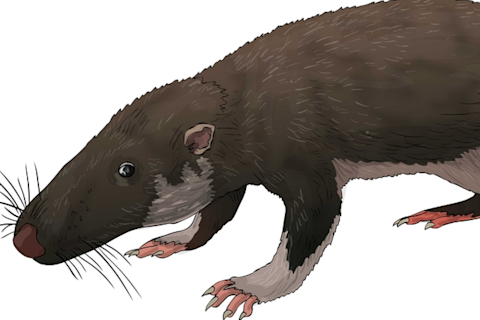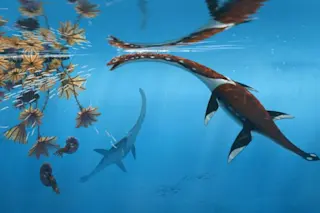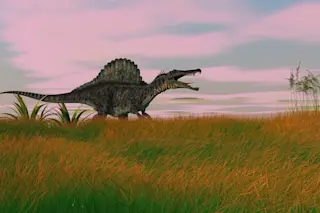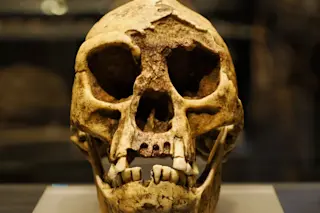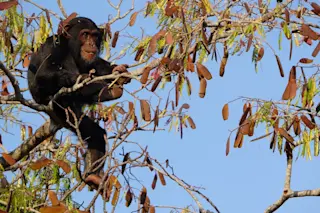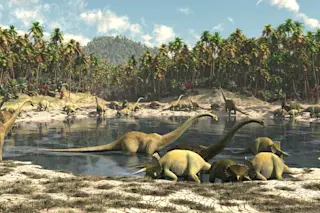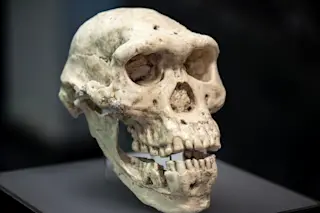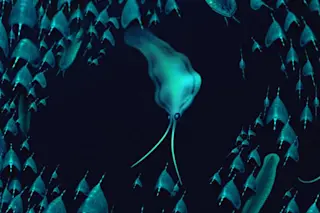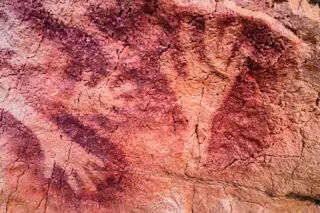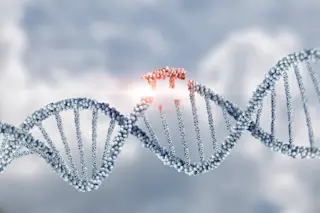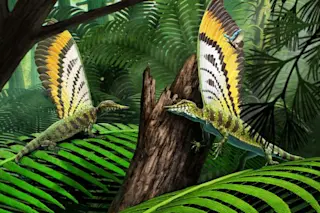According to most experts, the first mammal was Morganucodon, a small, shrew-like rodent that appeared during the Jurassic Period, approximately 200 million years ago. It weighed a few ounces and probably ate mostly insects and small invertebrates.
However, some experts contend that mammals might go back even further. A January 2023 study published in the Journal of Anatomy considered Brasilodon, the earliest mammal, because it grew two sets of teeth like modern mammals.
Morganucodon was relatively widespread, living in what is now Wales, U.K., and other parts of Europe, as well as in China and certain parts of North America. Brasilodon would have lived alongside early dinosaurs 225 million years ago. The creature lived in modern Brazil.
Mammals are distinct from reptiles, amphibians, fish, and birds because they have fur and mammary glands used to feed their young. They usually have live births, with a few exceptions. Lesser-known features include ...
